
Belief Systems Shape Emotional Reality
The Psychology of Optimism and Emotional Resilience
Positivity is more than a fleeting emotion—it’s a psychological orientation that shapes how we perceive, interpret, and respond to life. Rooted in neuroscience and behavioral science, the pursuit of positivity involves rewiring cognitive habits and emotional responses. It’s not about ignoring pain or pretending everything is fine; it’s about cultivating mental flexibility, emotional endurance, and a sense of meaning. The human brain is evolutionarily biased toward negativity, a survival mechanism that once protected us from danger but now often amplifies stress. Overcoming this bias requires deliberate practice and psychological insight. From gratitude and reframing to purpose and mindfulness, the science of positivity offers tools to reshape our internal landscape. Whether you’re facing adversity or simply seeking a more fulfilling life, these insights can help you build a mindset that supports growth, connection, and joy. Positivity is not a destination—it’s a process of becoming. Let’s explore how to rewire the mind for resilience, hope, and emotional clarity. As every person is different does this actually work? For some people yes and it comes easy but it does not work for everyone even to a point it may be confusion or even a placebo effect.
Gratitude Restructures the Brain
Gratitude activates the brain’s reward system, particularly the medial prefrontal cortex, which governs decision-making and social cognition. MRI studies show increased gray matter volume in areas linked to empathy and emotional regulation among those who practice gratitude. It shifts attention from scarcity to abundance, reducing stress and enhancing well-being. Gratitude is not just a polite gesture—it’s a cognitive intervention. Weekly gratitude journaling has been shown to increase optimism and reduce physical symptoms. It strengthens social bonds, which are essential for emotional resilience. Gratitude rewires neural pathways to favor positive interpretation over negative rumination. Even brief daily reflections can create cumulative effects on mood and cognition. It interrupts automatic negative thoughts and replaces them with intentional appreciation. Gratitude builds emotional intelligence and fosters trust in relationships. It reduces envy and comparison, major sources of psychological distress. Gratitude reframes problems within a broader context of meaning. Over time, this reframing becomes automatic, making positivity a default response. It’s a foundational practice for emotional stability. Gratitude is a quiet revolution in how we experience life.
Reframing Builds Cognitive Flexibility
Cognitive reframing changes how we interpret situations to alter their emotional impact. It’s a cornerstone of cognitive behavioral therapy and reduces anxiety, depression, and anger. Reframing doesn’t deny reality—it reinterprets it constructively. Viewing failure as feedback activates problem-solving regions of the brain. This shift enhances motivation and reduces learned helplessness. Reframing builds cognitive flexibility, the ability to adapt thinking in changing circumstances. Flexible thinkers are more resilient and creative. Neuroscience shows reframing activates the dorsolateral prefrontal cortex, improving emotional regulation. It also reduces activity in the amygdala, the brain’s fear center. Practicing reframing involves identifying automatic negative thoughts and replacing them with balanced alternatives. Over time, this becomes habitual, reducing emotional reactivity. Reframing encourages reflective rather than reactive thinking. In relationships, it fosters empathy and reduces conflict. It improves both internal dialogue and external communication. Reframing is a skill that transforms perception and emotion.
Self-Compassion Enhances Emotional Resilience
Self-compassion means treating yourself with kindness and understanding, especially during failure or pain. It includes self-kindness, common humanity, and mindfulness. Research shows self-compassion lowers anxiety, depression, and perfectionism. It activates the parasympathetic nervous system, promoting calm and reducing cortisol. Self-compassion increases heart rate variability, a marker of emotional regulation. It helps people take responsibility without spiraling into shame. This leads to greater accountability and personal growth. Self-compassion creates a safe internal environment for healing. It counters harsh self-criticism, which undermines positivity. Recognizing common humanity reduces isolation and fosters empathy. Mindfulness allows emotions to be observed without judgment. Self-compassion builds resilience by supporting emotional recovery. It fosters a growth mindset and encourages persistence. In relationships, it reduces defensiveness and increases empathy. Self-compassion is a foundation for sustainable positivity.
Purpose Provides Psychological Anchoring
Purpose gives life direction and meaning, essential for psychological well-being. It acts as a cognitive anchor during uncertainty and adversity. People with purpose report lower depression and higher life satisfaction. Purpose activates the ventromedial prefrontal cortex, involved in valuation and goal-setting. It enhances motivation by aligning actions with values. Purpose-driven individuals engage in prosocial behavior, boosting mood and connection. It provides narrative coherence, reducing existential anxiety. Purpose doesn’t have to be grand—it can be found in daily roles and relationships. Alignment between values and actions is key. Purpose buffers against burnout and fosters intrinsic motivation. In aging populations, it’s linked to better cognition and longevity. It gives people a reason to persist through hardship. Purpose enhances gratitude and optimism. It guides decision-making and emotional regulation. Cultivating purpose is a long-term investment in mental health.
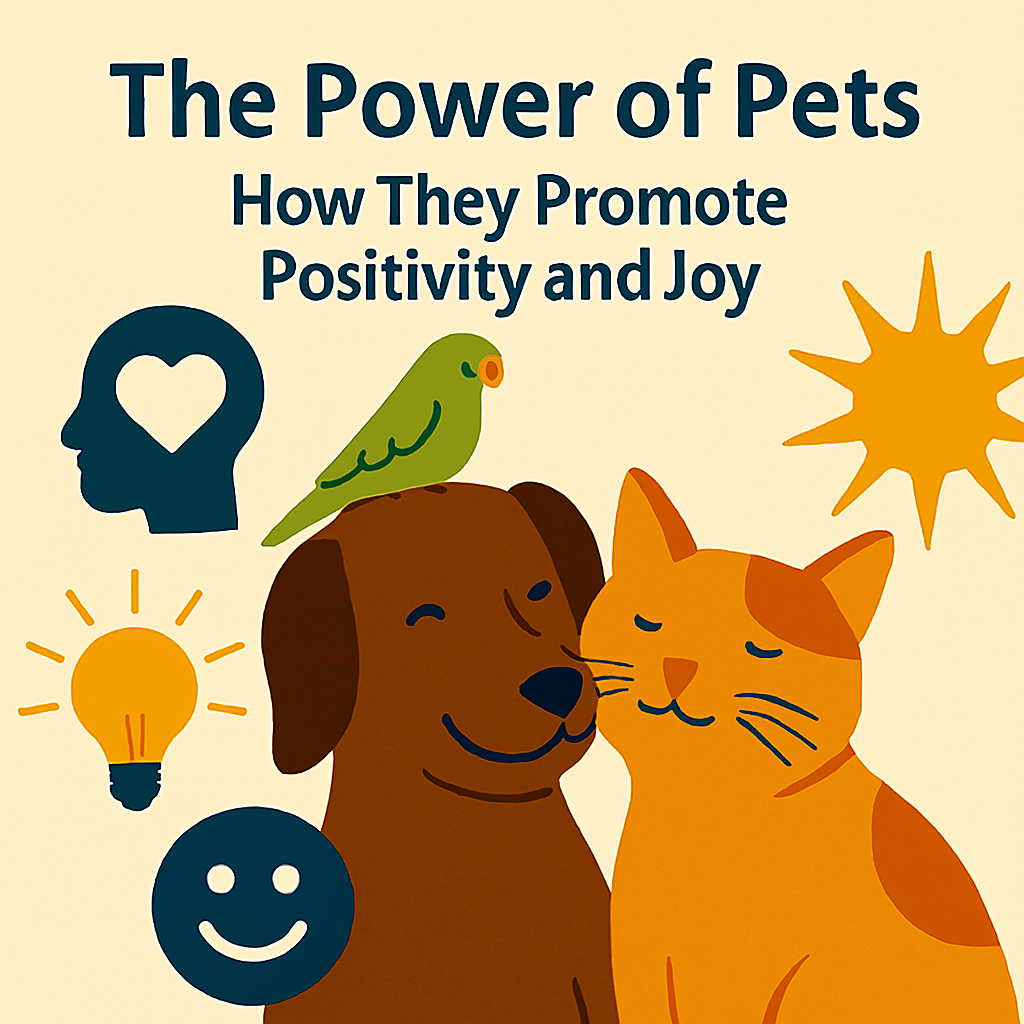
Social Connection Regulates Mood
Humans are wired for connection, and relationships shape emotional health. Loneliness activates brain regions associated with physical pain. Positive interactions increase oxytocin, promoting trust and reducing stress. Strong social ties lower anxiety, depression, and chronic illness. Social support buffers trauma and enhances self-esteem. Connected individuals recover from setbacks more quickly. Social connection fosters emotional regulation through co-regulation. Sharing emotions helps process and integrate them. Emotional contagion spreads positivity in groups. Quality and authenticity matter more than quantity. Vulnerability deepens relationships and increases psychological safety. Digital communication can support connection, but face-to-face remains most effective. Investing in relationships supports mental health. Connection is a cornerstone of sustainable positivity. Belonging transforms emotional experience.
Mindfulness Trains Present-Moment Awareness
Mindfulness is paying attention to the present as it enhances awareness of thoughts, emotions, and sensations. Mindfulness reduces activity in the default mode network, linked to rumination. It increases activation in regions supporting regulation and empathy. Regular practice improves attention, memory, and executive function. It reduces anxiety, depression, and chronic pain. Mindfulness fosters acceptance and emotional resilience. Observing thoughts without attachment breaks cycles of negativity. It strengthens tolerance for discomfort. Mindfulness enhances gratitude and compassion. Clinical interventions show significant mood benefits. It’s not about emptying the mind—it’s engaging with it skillfully. Even brief practices yield long-term benefits. Mindfulness builds clarity and stability. It’s foundational for cultivating positivity.
Optimism Is a Learned Trait
Optimism expects positive outcomes and interprets events constructively. It’s not fixed—it can be developed. Optimists persist through challenges and recover from failure. They interpret setbacks as temporary and specific. This reduces helplessness and increases motivation. Optimism improves cardiovascular health and longevity. It enhances creativity and problem-solving. Optimists experience less stress and more control. They use proactive coping strategies. Optimism activates reward circuitry and reduces threat responses. It’s strategic, not naive. It involves realistic hope and adaptive thinking. Cultivating optimism requires reframing and gratitude. It’s a mindset that supports growth. Optimism is a skill that transforms experience.
From Negative to Positive – The Transition
Negativity often arises from unmet expectations, fear, or unresolved emotion. It’s reinforced by the brain’s negativity bias and habitual thought loops. Transitioning to positivity begins with awareness. Recognizing negative patterns is the first step. Naming emotions reduces their intensity. Reframing thoughts creates new interpretations. Gratitude interrupts negative spirals. Self-compassion softens internal criticism. Purpose provides direction during emotional storms. Mindfulness grounds attention in the present. Social support offers external regulation. Optimism reframes setbacks as growth. The transition is gradual and requires practice. Positivity is not denial—it’s transformation. Moving from negative to positive is a psychological evolution.
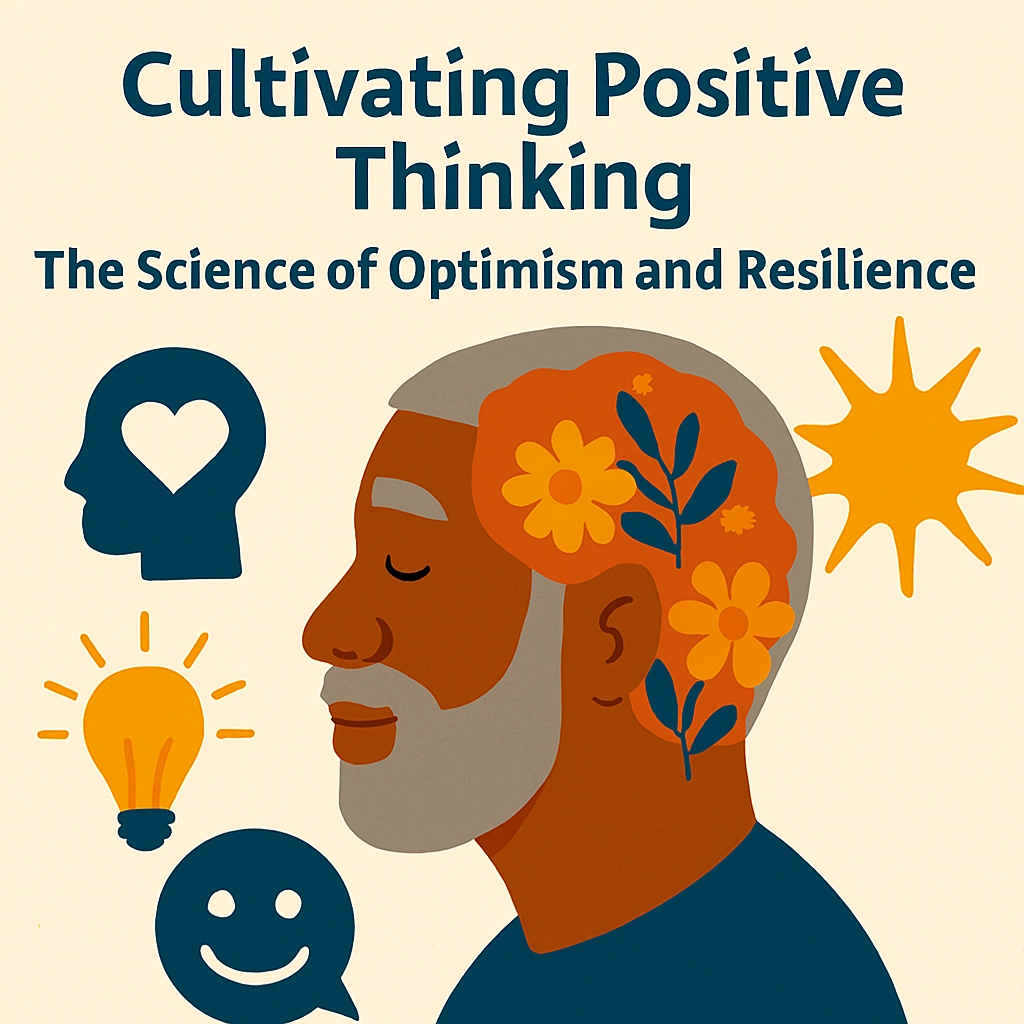
How to Be Positive No Matter What
Positivity in adversity requires emotional endurance and cognitive skill. It’s not about ignoring pain—it’s about finding meaning. Reframing challenges as opportunities builds resilience. Gratitude highlights what remains. Self-compassion supports healing. Purpose gives direction. Mindfulness anchors the present. Optimism fuels persistence. Social connection offers strength. Acceptance reduces resistance. Emotional regulation creates space for choice. Positivity becomes a habit through repetition. It’s a mindset, not a mood. Being positive no matter what is a skill. It’s the art of choosing growth over despair.
Is Positivity Always a Reality?
Positivity is not always realistic—but it can always be constructive. Some situations require grief, anger, or fear. Denying these emotions is unhealthy. Positivity must coexist with truth. Constructive positivity acknowledges pain and seeks meaning. It’s not blind optimism—it’s adaptive realism. Positivity is a lens, not a filter. It shapes interpretation, not fact. Emotional honesty is essential. Positivity must be grounded in authenticity. Forced cheerfulness can be harmful. Real positivity integrates complexity. It’s flexible, not rigid. Positivity is a choice, not a requirement. It’s most powerful when it honors reality.
Emotional Contagion Shapes Group Positivity
Emotions are socially transmitted. When one person expresses joy or optimism, others often mirror that emotional state unconsciously. This process is mediated by mirror neurons, which activate during observed behavior. Emotional contagion is strongest in close relationships and cohesive groups. Positive emotions spread more effectively than negative ones in high-trust environments. Leaders and influencers play a key role in setting emotional tone. Group rituals, shared goals, and synchronized movement enhance emotional alignment. Emotional contagion influences team performance, morale, and creativity. It also affects family dynamics and community resilience. Awareness of emotional contagion allows for intentional emotional leadership. Positivity can be cultivated collectively, not just individually. Group mindfulness and gratitude practices amplify shared well-being. Emotional contagion is a feedback loop—positivity reinforces itself. It’s a social force that shapes culture. Harnessing it requires emotional awareness and empathy.
Resilience Is Built Through Micro-Recovery
Resilience is not just bouncing back—it’s growing through adversity. It’s built through micro-recovery moments that restore emotional equilibrium. These include deep breaths, brief walks, or meaningful conversations. Micro-recovery interrupts stress cycles and supports regulation. It’s a form of emotional maintenance. Resilience involves both physiological and psychological recovery. Heart rate variability is a key marker of resilience. Micro-recovery builds capacity for future stress. It prevents burnout and supports sustained positivity. Recovery rituals create emotional rhythm. They signal safety to the nervous system. Resilience is cumulative—small recoveries build long-term strength. It’s not about avoiding stress, but metabolizing it. Micro-recovery is a daily practice. It’s the scaffolding of emotional endurance.
Rituals Anchor Emotional Meaning
Rituals are structured actions that create emotional coherence. They signal transition, intention, and belonging. Rituals activate the brain’s pattern recognition systems, creating psychological safety. They reduce uncertainty and enhance meaning. Morning routines, gratitude journaling, and shared meals are examples. Rituals support identity and emotional regulation. They transform ordinary moments into symbolic acts. Rituals foster connection and continuity. They are especially powerful during change or loss. Cultural rituals shape collective emotional norms. Personal rituals reinforce values and purpose. Rituals are not habits—they are intentional and symbolic. They create emotional rhythm and stability. Positivity thrives in ritualized space. Rituals are emotional architecture.
Awe Expands Emotional Perspective
Awe is the emotion of vastness and mystery. It arises when we encounter something greater than ourselves. Awe activates the default mode network and reduces self-focus. It increases openness and curiosity. Awe is linked to humility and prosocial behavior. Nature, art, and spiritual experiences often evoke awe. Awe expands time perception and reduces stress. It fosters meaning and identity coherence. Awe interrupts habitual thought patterns. It’s a reset for emotional perspective. Awe supports gratitude and optimism. It’s a gateway to transcendence and reflection. Awe is underutilized in emotional practice. Cultivating awe enhances psychological flexibility. It’s a portal to deeper positivity.
Belief Systems Shape Emotional Reality
Beliefs are cognitive frameworks that filter experience. They influence perception, emotion, and behavior. Positive beliefs support resilience and motivation. Limiting beliefs reinforce fear and avoidance. Beliefs are shaped by culture, upbringing, and experience. They can be challenged and changed through reflection and evidence. Belief change activates neuroplasticity and emotional growth. “I am capable” becomes a lens for interpreting challenge. Beliefs influence identity and self-concept. They affect relationships and decision-making. Positive belief systems foster hope and clarity. They support emotional regulation and purpose. Beliefs are not facts—they are interpretations. Updating beliefs is a psychological intervention. Positivity begins with belief transformation.
Humor Enhances Emotional Flexibility
Humor is a cognitive and emotional skill that reframes experience. It activates reward circuits and reduces stress hormones. Humor increases pain tolerance and emotional resilience. It fosters connection and reduces defensiveness. Humor supports cognitive flexibility by shifting perspective. It’s a form of emotional play. Self-deprecating humor builds humility and trust. Humor interrupts rumination and catastrophizing. It enhances group cohesion and morale. Humor is linked to creativity and problem-solving. It’s a coping strategy during adversity. Humor requires timing, empathy, and awareness. It’s not denial—it’s reinterpretation. Humor expands emotional range. Positivity is more sustainable with laughter.
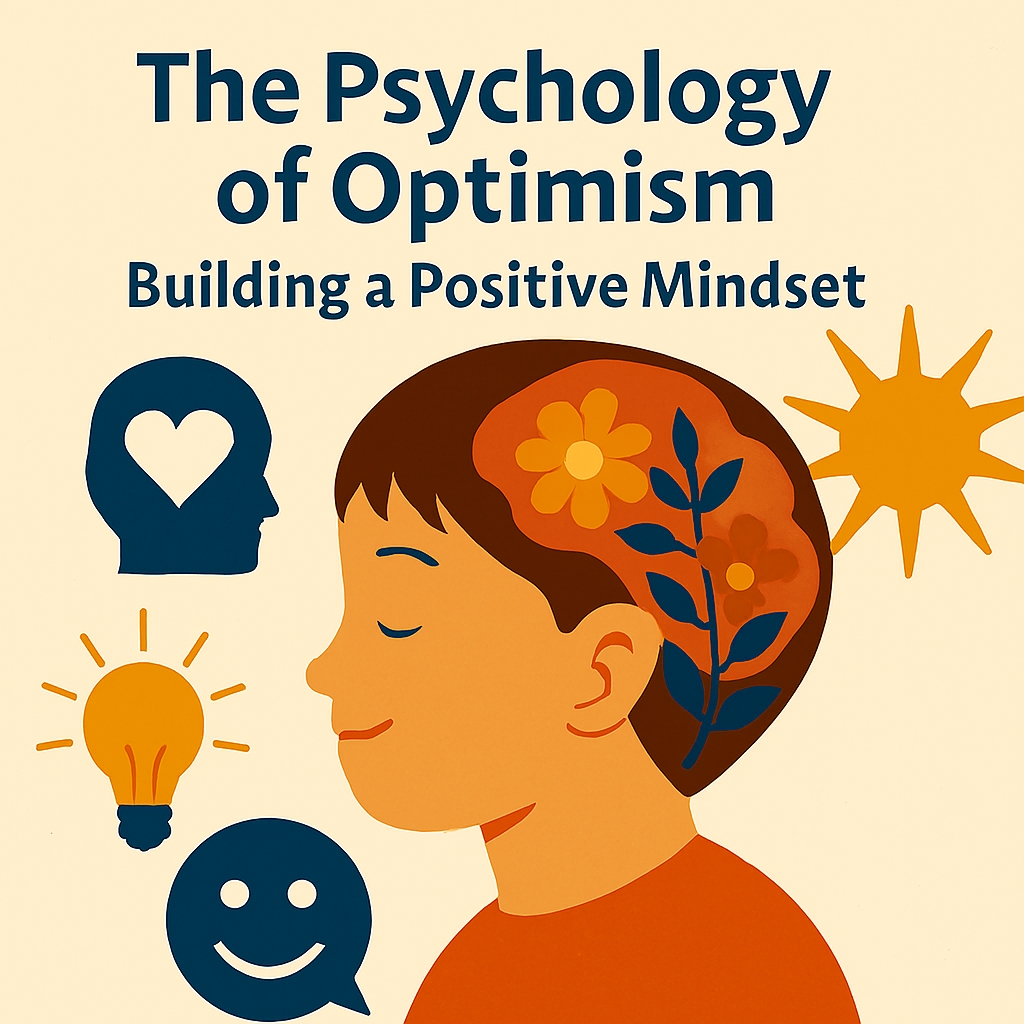
Forgiveness Releases Emotional Burden
Forgiveness is the process of releasing resentment and reclaiming peace. It reduces stress, depression, and rumination. Forgiveness activates brain regions linked to empathy and regulation. It’s associated with improved cardiovascular health. Forgiveness is not condoning harm—it’s choosing freedom. It supports identity coherence and emotional clarity. Forgiveness fosters compassion and connection. It’s a gift to self and others. Forgiveness rituals enhance emotional release. Writing, visualization, and dialogue support the process. Forgiveness builds psychological flexibility. It transforms pain into wisdom. It’s a practice, not a moment. Forgiveness supports sustainable positivity. It’s emotional liberation.
Boundaries Protect Emotional Energy
Boundaries are limits that define emotional space. They protect energy, identity, and well-being. Healthy boundaries reduce resentment and burnout. They support self-respect and clarity. Boundaries are expressions of values. They foster trust and authenticity. Emotional boundaries regulate intimacy and vulnerability. Boundaries are dynamic—they evolve with context. Setting boundaries activates self-agency. They reduce emotional reactivity. Boundaries support positivity by preventing depletion. They clarify roles and expectations. Boundaries are not walls—they are bridges. They create emotional safety. Positivity requires protected space.
Values Guide Emotional Alignment
Values are core principles that shape decisions and emotions. They provide direction and coherence. Living in alignment with values increases well-being. Values clarify priorities and reduce conflict. They support identity and purpose. Values guide emotional regulation and resilience. They foster integrity and trust. Misalignment creates distress and confusion. Clarifying values is a psychological intervention. Values are discovered through reflection and experience. They evolve over time. Values support meaningful action. They anchor positivity in authenticity. Values are emotional compasses. Positivity is values in motion.
Agency Fuels Emotional Empowerment
Agency is the sense of control over one’s actions and outcomes. It’s linked to motivation, resilience, and optimism. Agency activates the brain’s goal-setting systems. It reduces helplessness and increases engagement. Agency supports emotional regulation and identity coherence. It’s built through choice, reflection, and action. Agency fosters accountability and growth. It transforms reaction into response. Agency is undermined by chronic stress and disempowerment. Reclaiming agency is a psychological reset. It’s supported by boundaries, values, and purpose. Agency enhances self-trust and clarity. It’s the foundation of emotional empowerment. Positivity thrives in agency. Agency is the architecture of hope.
Emotional Regulation Strengthens Positivity
Regulating emotion involves awareness, acceptance, and intentional response. It reduces impulsivity and increases clarity. Emotional regulation activates prefrontal regions and calms the amygdala. It supports resilience and decision-making. Emotionally regulated individuals experience fewer mood swings and recover faster from stress. Regulation allows space between stimulus and response. It transforms reaction into reflection. This skill is central to psychological flexibility. Emotional regulation improves interpersonal relationships by reducing conflict. It also enhances self-trust and confidence. Children taught regulation early show better academic and social outcomes. Adults benefit from improved mental health and productivity. Regulation is not suppression—it’s integration. It’s a core pillar of lasting positivity.
Neuroplasticity Makes Positivity Possible
Neuroplasticity is the brain’s ability to change and adapt through experience. It underlies learning, memory, and emotional development. Positive habits create new neural pathways. Repetition strengthens these pathways, making positivity more automatic. Gratitude, mindfulness, and reframing all leverage neuroplasticity. The brain doesn’t distinguish between imagined and real experiences—visualizing positivity reinforces it. Neuroplasticity explains how trauma rewires the brain, but also how healing does. It offers hope for transformation at any age. Positive environments accelerate neural growth. Sleep, nutrition, and exercise support neuroplasticity. Intentional practice is key—change requires effort. Neuroplasticity empowers agency over mindset. It’s the biological foundation of psychological growth. Positivity is not just psychological—it’s neurological. The brain is built to evolve.
Identity Shapes Emotional Experience
How we see ourselves influences how we feel. Identity is a cognitive framework that filters experience. Positive self-concept supports emotional resilience. Negative identity narratives reinforce distress. Identity is shaped by culture, relationships, and internal dialogue. Reframing identity can transform emotion. “I am resilient” becomes a lens for interpreting challenge. Identity coherence reduces anxiety and increases motivation. When values align with actions, emotional stability improves. Identity is dynamic—it evolves with experience. Self-compassion supports healthy identity development. Purpose anchors identity in meaning. Social connection validates identity. Mindfulness reveals unconscious identity patterns. Positivity begins with how we define ourselves.
Language Influences Positivity
Words shape thought, and thought shapes emotion. Positive language reinforces constructive cognition. Saying “I get to” instead of “I have to” shifts perception. Language activates neural circuits linked to emotion. Affirmations can rewire self-concept. Negative self-talk reinforces distress. Reframing language transforms experience. “This is hard” becomes “This is a challenge I can grow from.” Language influences relationships and self-esteem. Compassionate language fosters connection. Precision in language increases emotional clarity. Journaling helps identify linguistic patterns. Language is a tool for emotional regulation. It’s not just communication—it’s cognition. Choosing words carefully builds positivity.
Environment Affects Emotional Tone
Physical and social environments shape mood and cognition. Natural light improves serotonin levels. Clutter increases stress and reduces focus. Nature exposure reduces anxiety and boosts well-being. Social environments influence emotional contagion. Positive spaces foster creativity and calm. Sound, color, and layout affect emotional tone. Environments can reinforce identity and purpose. Safe spaces support vulnerability and growth. Digital environments also impact mood—curating input matters. Community shapes emotional norms. Environmental design can promote mindfulness. Movement through space affects energy and emotion. Environments are emotional ecosystems. Changing space can change mindset. Positivity thrives in intentional environments.
Sleep and Positivity Are Interlinked
Sleep regulates mood, cognition, and emotional resilience. Poor sleep increases irritability and reduces optimism. REM sleep processes emotion and consolidates memory. Sleep deprivation amplifies the negativity bias. It impairs decision-making and emotional regulation. Quality sleep supports neuroplasticity. Sleep hygiene includes routine, light exposure, and screen limits. Gratitude practices improve sleep quality. Mindfulness reduces insomnia. Sleep affects identity coherence and motivation. It’s foundational for mental health. Positivity is harder without rest. Sleep is not passive—it’s restorative. Prioritizing sleep supports emotional clarity.
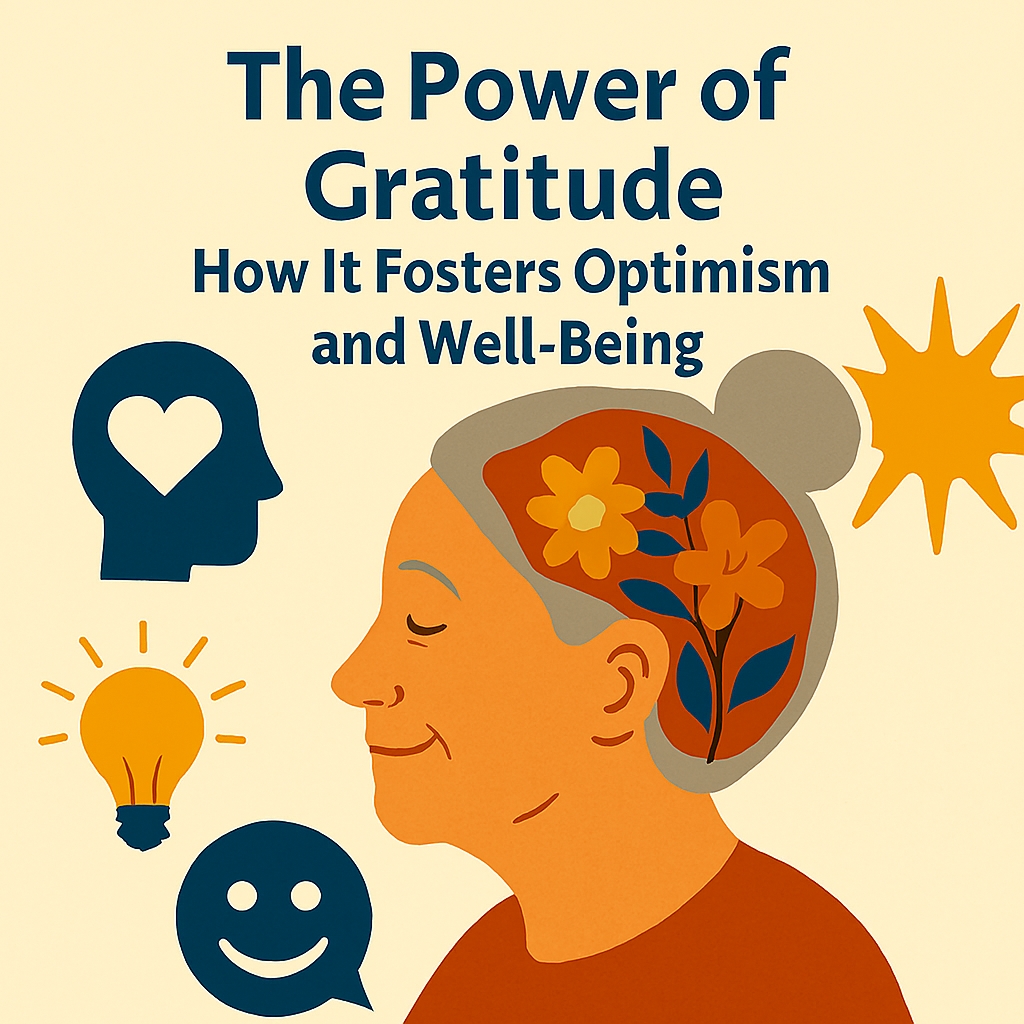
Movement Enhances Emotional Clarity
Physical movement influences mood and cognition. Exercise increases endorphins and reduces cortisol. Movement activates brain regions linked to focus and emotion. It improves sleep, energy, and self-esteem. Dance, yoga, and walking foster mindfulness. Movement expresses emotion and releases tension. It builds body awareness and identity coherence. Group movement enhances social connection. Movement rituals support emotional regulation. Even brief activity boosts positivity. Movement is a form of storytelling. It connects body and mind. It’s accessible and transformative. Movement is medicine for mood. Positivity lives in motion.
Creativity Fuels Emotional Expansion
Creative expression supports emotional processing and identity development. Art, music, writing, and design activate reward circuits. Creativity reduces stress and increases flow. It fosters meaning and coherence. Creative acts reframe experience. They externalize emotion and invite reflection. Creativity builds agency and optimism. It connects people across difference. It’s a form of emotional storytelling. Creative rituals support resilience. They transform pain into beauty. Creativity is not talent—it’s practice. Everyone is creative. Positivity expands through expression. Creativity is emotional alchemy.
Curiosity Opens the Mind
Curiosity is the desire to explore and understand. It activates dopamine pathways and enhances learning. Curious minds are more flexible and resilient. Curiosity reduces fear by increasing knowledge. It fosters empathy and perspective-taking. Curiosity reframes uncertainty as opportunity. It supports identity growth and emotional regulation. Curious people report higher life satisfaction. It’s linked to purpose and optimism. Curiosity builds connection and creativity. It’s a mindset of openness. Curiosity transforms judgment into inquiry. It’s a tool for emotional expansion. Positivity begins with wonder. Curiosity is the gateway to growth.
Acceptance Creates Emotional Space
Acceptance means allowing emotions without resistance. It reduces suffering by ending internal conflict. Acceptance is not resignation—it’s clarity. It supports emotional regulation and resilience. Mindfulness fosters acceptance. It creates space for choice and reflection. Acceptance transforms pain into wisdom. It builds psychological flexibility. It reduces shame and self-criticism. Acceptance supports identity coherence. It’s foundational for healing. Acceptance is a form of compassion. It honors reality and invites growth. Positivity requires acceptance. Emotional space begins with allowing.
Conclusion
Positivity is not a single emotion—it’s a psychological ecosystem built through intentional practice. It requires cognitive flexibility, emotional regulation, and a deep understanding of self and others. From gratitude and purpose to movement and creativity, the tools of positivity are diverse and interconnected. They reshape the brain, reframe experience, and foster resilience. Positivity is not about being cheerful—it’s about being whole. It honors complexity and chooses growth. The journey toward positivity is personal, dynamic, and deeply human. It’s a process of becoming, not a destination. By integrating these principles, we build a mindset that supports clarity, connection, and meaning. Positivity is a skill, a practice, and a way of seeing. It’s available to anyone willing to engage. The science is clear: optimism can be learned. And when it is, it transforms not just mood—but life itself.
Join the Discussion
What practices have helped you cultivate positivity in your own life? Have you ever reframed a difficult experience in a way that changed your emotional response? Let’s explore the psychology of optimism together—share your thoughts, stories, and strategies below.
#Hashtags
#PositivePsychology #EmotionalResilience #MindsetMatters #Neuroplasticity #SelfCompassion #GratitudePractice #CognitiveReframing #MentalHealthAwareness #MindfulnessDaily #PurposeDrivenLife #EmotionalIntelligence #CuriosityCulture #CreativeHealing #SleepWellness #SocialConnection #IdentityGrowth #OptimismIsLearned #PositivityTools #ResilientLiving #PsychologyOfHope



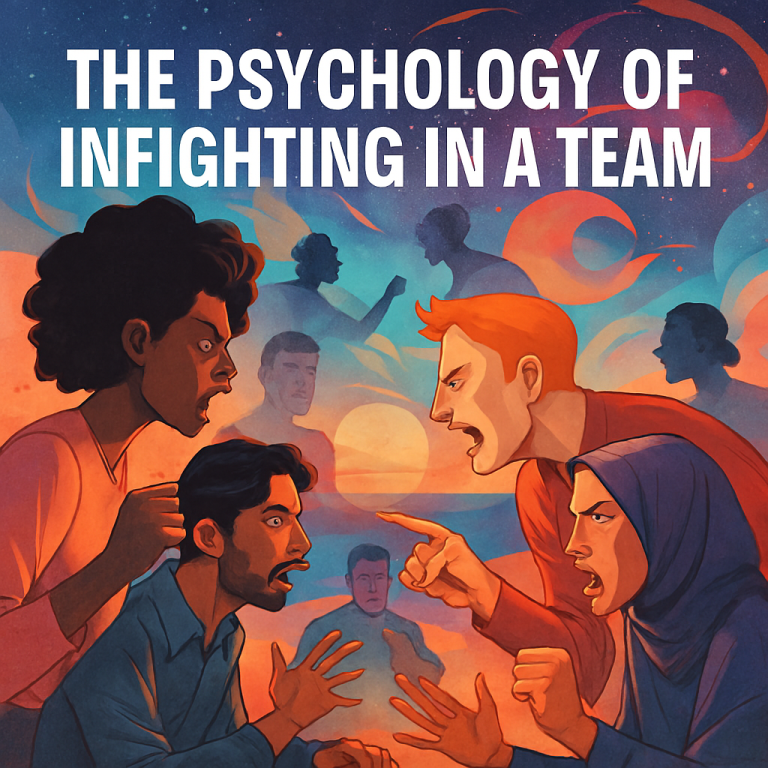



5 thoughts on “Lasting Positivity By Positive Rewiring The Mind – Does This Actually Work?”